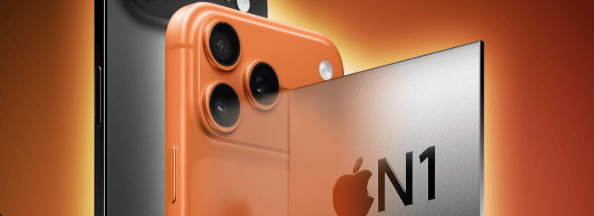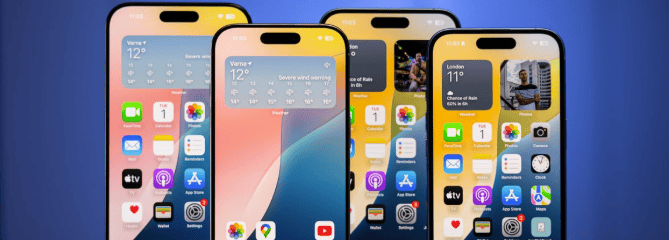- Technology Insights Daily
- Posts
- WhatsApp finally supports multiple accounts on the same iPhone
WhatsApp finally supports multiple accounts on the same iPhone
Every morning, before I even unlock my phone, my first instinct is to check what changed overnight in the world of tech. Some days it’s a breakthrough in AI, other days it’s a tiny update that quietly reshapes how we live. That curiosity is what inspired me to create TechnologyInsightsDaily — a space where I can share the discoveries that excite me, confuse me, or make me rethink the future.
If you’re someone who loves staying ahead of the curve, you’re in the right place. Let’s explore the future together.
WhatsApp has rolled out beta support allowing iPhone users to run multiple accounts in the same app instance. This means you can switch between two numbers (for example personal and business) without signing out or carrying a separate device. Each account maintains its own chat history, backups and notification settings, so privacy and separation are preserved. Previously, such multi-account setups were limited or required third-party workarounds on iOS, making this a notable improvement. The feature is particularly useful for professionals managing separate profiles or for families where one device serves multiple roles. As this functionality rolls out beyond beta, it may enhance how people organise communication without cluttering their device or toggling between apps.
In recent real-world tests, the iPhone 17 series equipped with Apple’s in-house “N1” networking chip delivered significantly faster Wi-Fi performance compared to the iPhone 16 models. In many regions, median download and upload speeds increased by around 40%. This is achieved even though both generations may support similar Wi-Fi standards on paper; the boost comes through tighter hardware-software integration and better signal handling in challenging conditions. For users, this means smoother streaming, faster downloads, and better connectivity in crowded networks. For enterprise or IT deployment, the upgrade signals that new network-capable iPhones may deliver tangible productivity and reliability gains, especially in high-density or mission-critical environments.
Apple has quietly released firmware updates for its Magic Keyboard and Magic Trackpad accessory line. These updates increase version numbers (e.g., Magic Keyboard to 3.1.9, Magic Trackpad to 3.1.9) and appear to improve connection stability, latency, and compatibility with the wider Apple ecosystem. Though Apple hasn’t published detailed changelogs, accessory firmware updates often address subtle issues that affect user experience—such as wireless responsiveness, haptic feedback, or power management. For users who use these peripherals for productivity, creative work or daily tasks, installing the update ensures smoother operation. IT teams deploying Macs or iPads in professional settings should consider checking firmware versions in their accessories as part of standard maintenance.
OpenAI has launched GPT 5.1 Codex Max, a significant evolution in the Codex line focused on autonomous software engineering tasks. Unlike earlier models, Codex Max is built to handle multi-stage workflows, large context windows and extended sessions (many hours or more), making it capable of deep code reviews, large-scale refactors and complex debugging. It marks a shift toward AI that doesn’t just assist but takes on sustained engineering roles. For developers and tech leaders, this model could reshape how teams build, maintain and extend codebases—potentially reducing time spent on repetitive tasks and freeing human engineers for higher-level work. It also raises new questions about tool integration, oversight and workflow change as AI becomes more embedded in development.
Apple has reportedly shifted a substantial portion of its iPhone 17 series OLED panel supply away from BOE to Samsung Display due to ongoing yield and reliability issues at BOE’s factories. The change highlights Apple’s emphasis on strict component quality, consistency and supply-chain risk mitigation. For BOE the setback may impact revenue and long-term partnership prospects. For Samsung Display, it’s an opportunity to step into further volume and cement its role as Apple’s key screen supplier. From a market perspective, this supply-chain move may affect pricing, component logistics and even product launch timing for some regions. For enterprises and vendors tracking upstream risks, this is a clear reminder: major device makers demand both scale and high reliability from suppliers.
Thanks for spending part of your day with me. I hope today’s insights gave you something useful to think about — a spark, an idea, or even just a smile. If this issue helped you, you can support the newsletter in simple ways: forward it to one friend, share it on social media, or refer someone who loves tech as much as we do.
Your support keeps this project independent and motivates me to bring you even stronger stories tomorrow.
Until then, stay curious — the future is always worth exploring.




